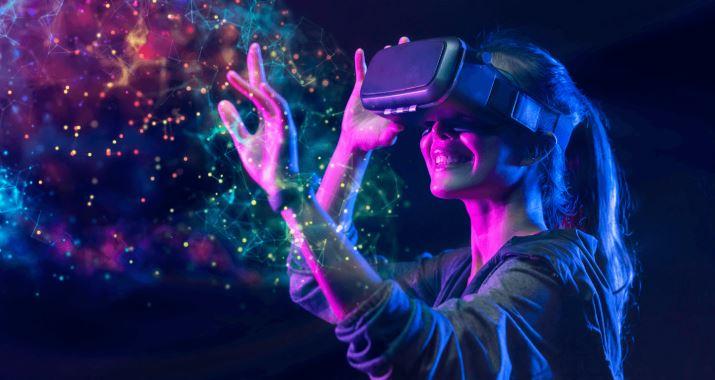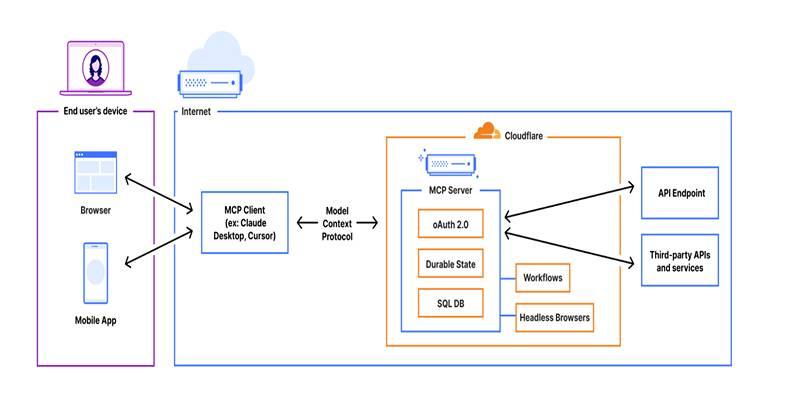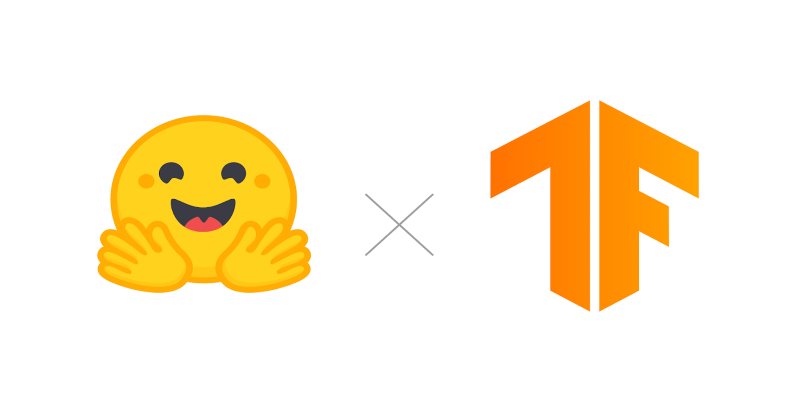The word metaverse might sound like it belongs in a sci-fi story, but it's becoming part of everyday tech conversations. This idea of shared digital spaces—where people can meet, work, explore, and socialize—is moving from theory into real use. While it's not yet a single, unified place, the metaverse represents the next stage of online interaction. It blends familiar tools, such as video games and chat apps, with newer technologies like VR. And while it's still evolving, it's already starting to affect how we spend time online.
What Exactly Is the Metaverse?
The metaverse is a network of immersive digital spaces where people interact using avatars or digital identities. These spaces can mimic real-world settings or create entirely new ones. Unlike websites or apps with set functions, the metaverse aims to be more open-ended and social, where users play a bigger role in shaping the environment.
The term comes from Snow Crash, a 1992 novel, but today’s version includes gaming, virtual real estate, social platforms, and digital goods. Platforms like Roblox, Decentraland, and Meta’s Horizon Worlds are early examples. While each operates independently, they share the same goal: building persistent, interactive virtual worlds.
The metaverse doesn’t rely on one company or product. Instead, it’s being built across platforms by developers, artists, and communities. Its form changes depending on the purpose—some spaces focus on gaming, others on collaboration or entertainment. The metaverse is less about a single location and more about how all these digital spaces connect and feel more immersive than a standard screen.
Key Technologies Powering the Metaverse
Several technologies are coming together to bring the metaverse to life. Virtual reality (VR) is a major part—it puts users inside a 3D digital space using a headset. Augmented reality (AR) adds digital layers onto the real world using devices like phones or AR glasses. Both aim to make digital content feel more physical.

Game engines such as Unity and Unreal Engine create realistic 3D environments, while spatial audio and motion tracking add a sense of presence. These tools help make digital interaction feel less like browsing and more like being there.
Blockchain plays a growing role in supporting ownership of digital goods. In some platforms, users can buy and sell land, items, or collectibles using NFTs. This allows people to own pieces of the virtual world in a way that’s recorded and verifiable.
Cloud computing makes it easier to stream complex experiences without needing expensive hardware. AI adds intelligence to digital characters, helps generate content, and personalizes the user’s experience.
All these systems work together to make the metaverse more than just a visual interface. They allow people to interact in real time, customize their experiences, and move through different digital settings more fluidly.
What Can You Actually Do in the Metaverse?
The metaverse is already being used in a variety of ways. Gaming remains the most familiar application. Platforms like Fortnite and Minecraft offer large multiplayer spaces that people use for both play and socializing. These are not just games but gathering spots where users build, create, and connect.
Virtual events and meetups are becoming more common. In apps like VRChat, people host birthday parties, language exchanges, or casual chats. Companies are also holding meetings in virtual offices, using avatars to collaborate across continents.
Work and education are expanding into the metaverse, too. Some companies use VR for training, especially in technical fields like design or engineering. Schools and museums are testing virtual field trips or interactive lessons where students can explore environments instead of reading about them.
Shopping is another area of growth. Some brands have launched digital stores or virtual fashion collections. In these settings, users try on clothes with avatars or attend product launches inside 3D spaces.
Digital real estate has also emerged. Platforms let users purchase virtual plots of land that can be used to build stores, galleries, or private hangouts. These plots can often be sold or rented, adding an economic layer to virtual spaces.
Each activity reflects a broader shift: users are no longer just browsing—they’re participating. The metaverse encourages interaction, creativity, and ownership in ways that go beyond traditional internet use.
Challenges and the Road Ahead
While the metaverse offers new experiences, several hurdles remain. One major challenge is that current platforms are closed systems. You can’t move your avatar or items from one app to another. Without shared standards, the idea of a unified metaverse stays out of reach.

Accessibility is another issue. While basic versions run on phones or browsers, the most immersive ones need costly headsets or strong internet connections. If the metaverse is to reach more people, it needs to work well on widely available devices.
Privacy and safety are growing concerns. As people spend more time in these spaces, it becomes harder to moderate behavior, protect data, or avoid misuse. Some platforms are adding controls, but the rules around digital spaces are still forming.
Digital goods bring their own risks. Blockchain-based assets can be unstable in value, and scams are common. Energy use is another concern, especially with platforms using older blockchain systems that consume large amounts of power.
There's also the human question. Will people want to spend more time in digital worlds? For some, these spaces offer connection and freedom. For others, they raise questions about screen time, social isolation, and tech dependence.
Much of this mirrors early debates about the internet. The metaverse, like the web before it, is shaped by both its creators and users. Its future will depend on whether it can become useful, safe, and easy to access.
Conclusion
The metaverse is still taking shape, but its influence is already visible. It’s not just a buzzword—it’s becoming a new way to interact online. Whether through gaming, work, learning, or social spaces, people are beginning to explore how virtual worlds can add to their daily lives. While the technology is still catching up, and not every feature is available to everyone, these digital environments are slowly becoming more connected and immersive. What happens next will depend on whether these platforms stay inclusive, secure, and creative. The metaverse is no longer science fiction—it’s part of today’s digital landscape.












